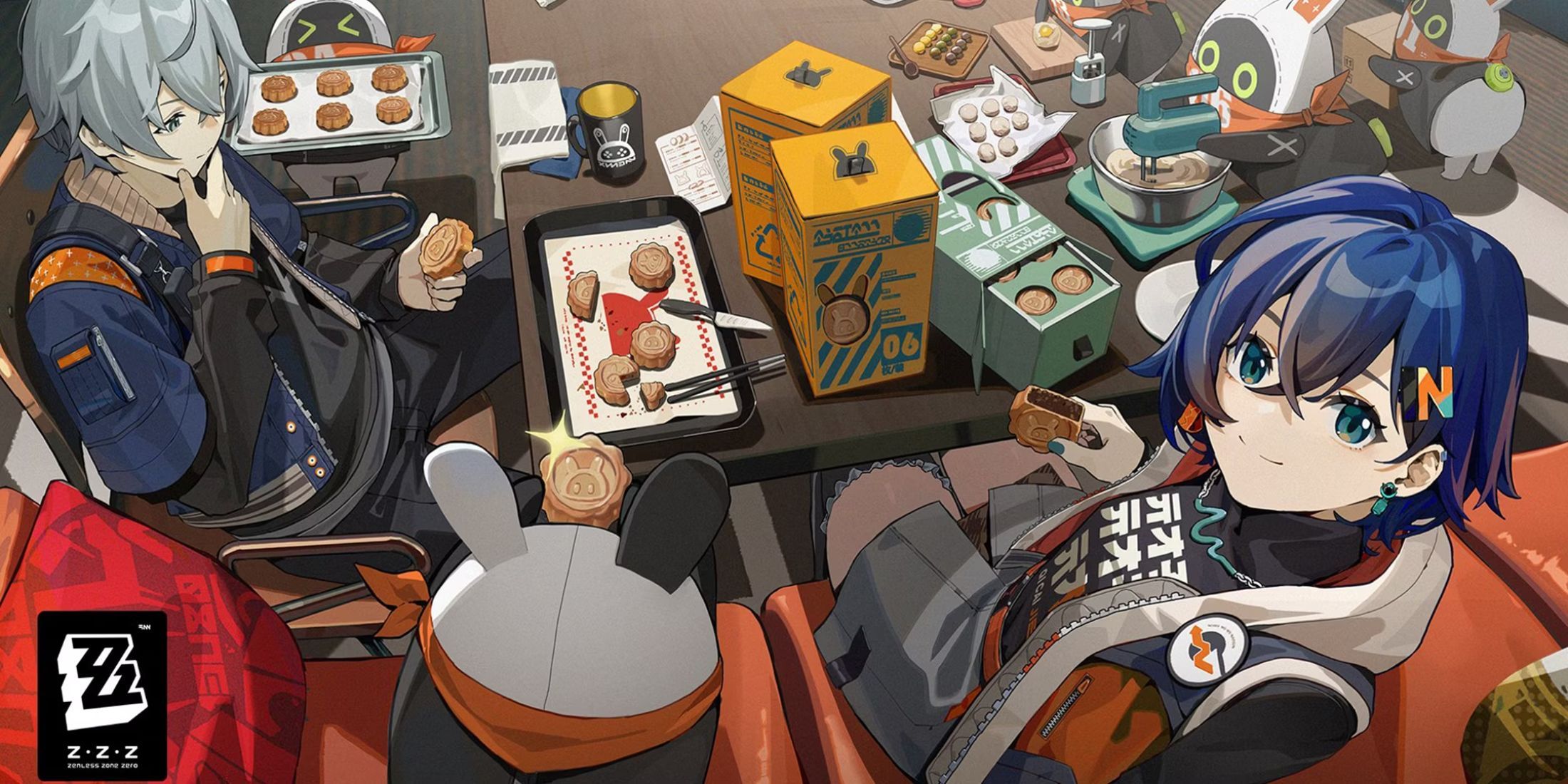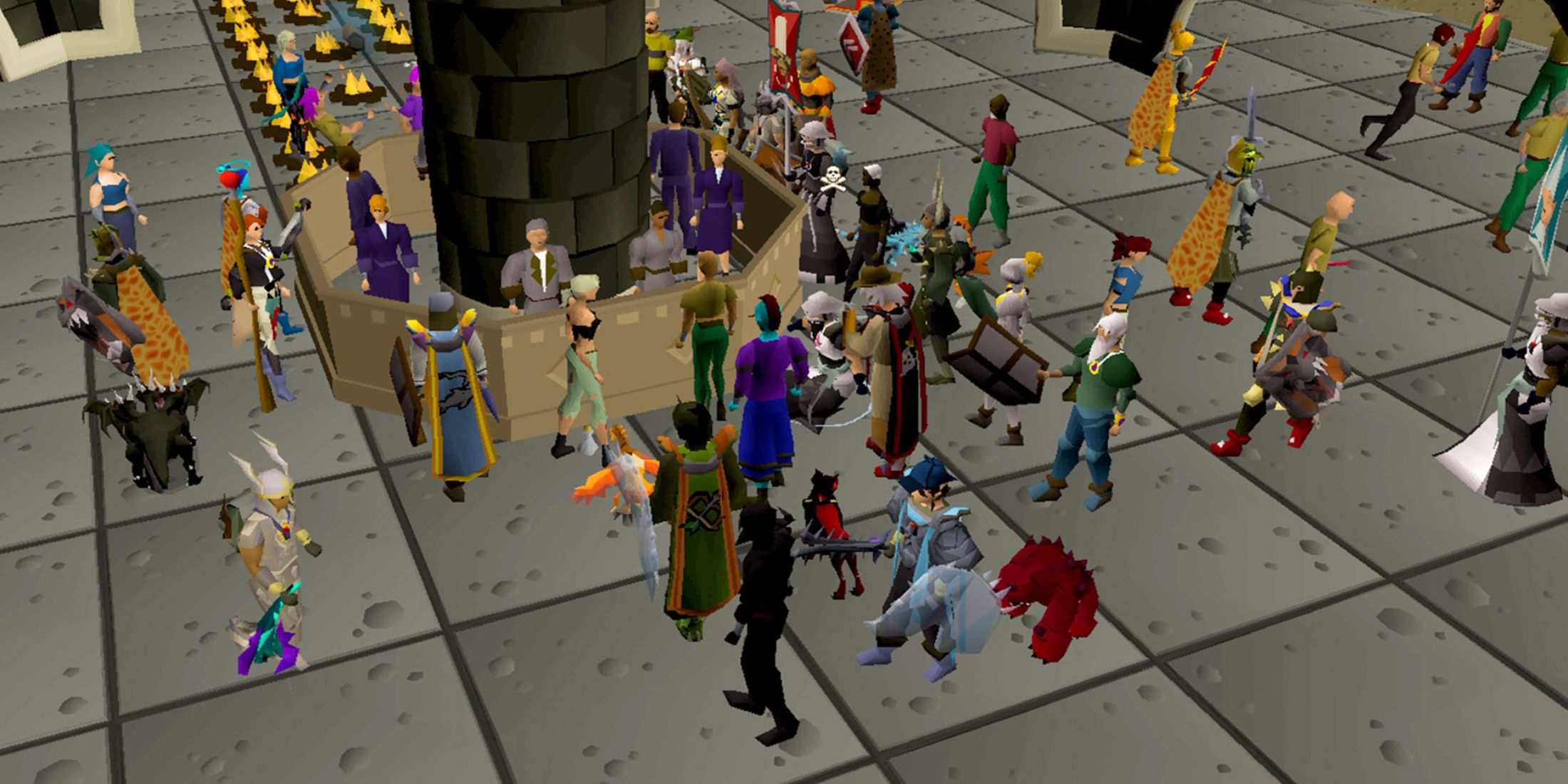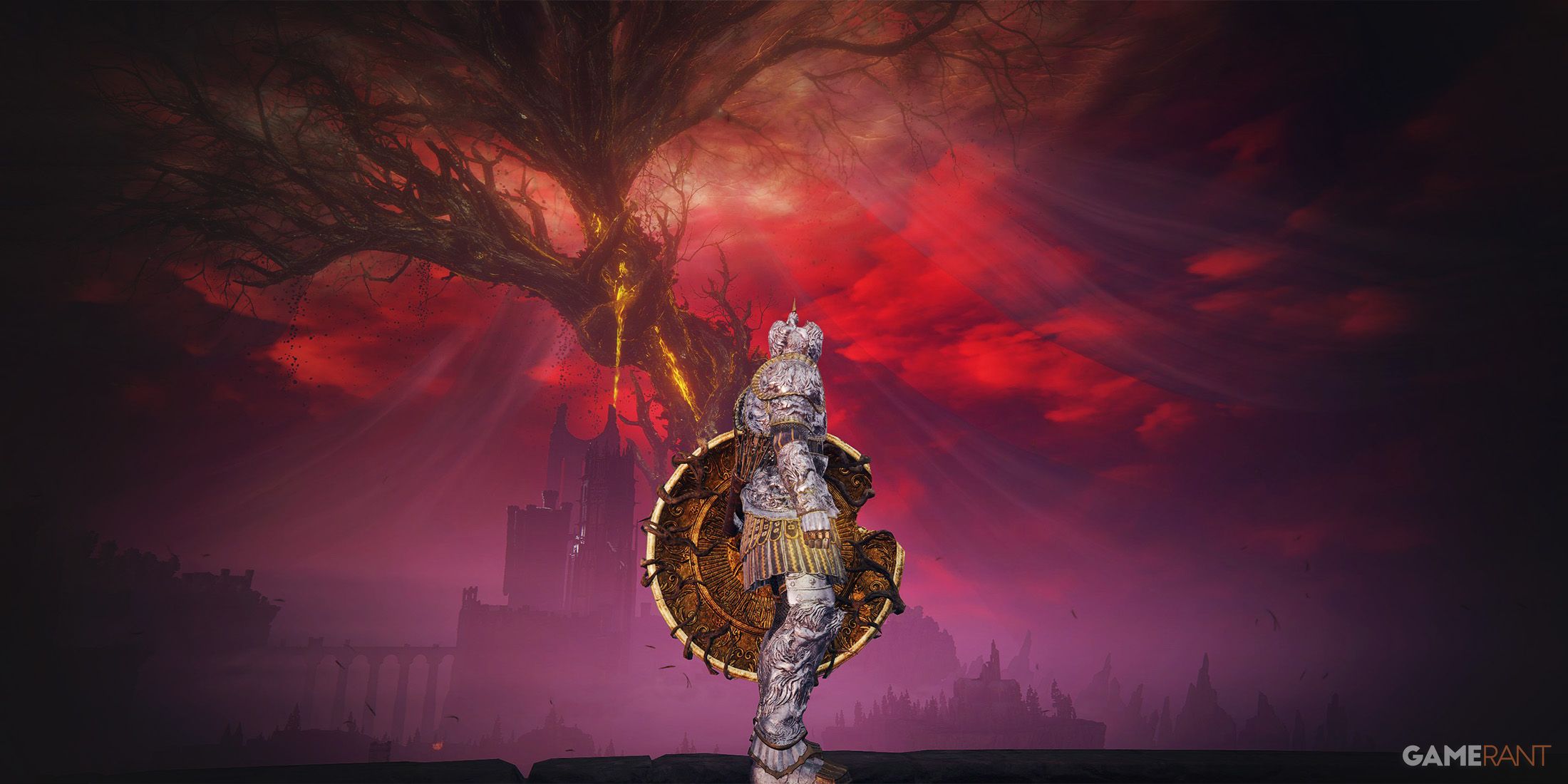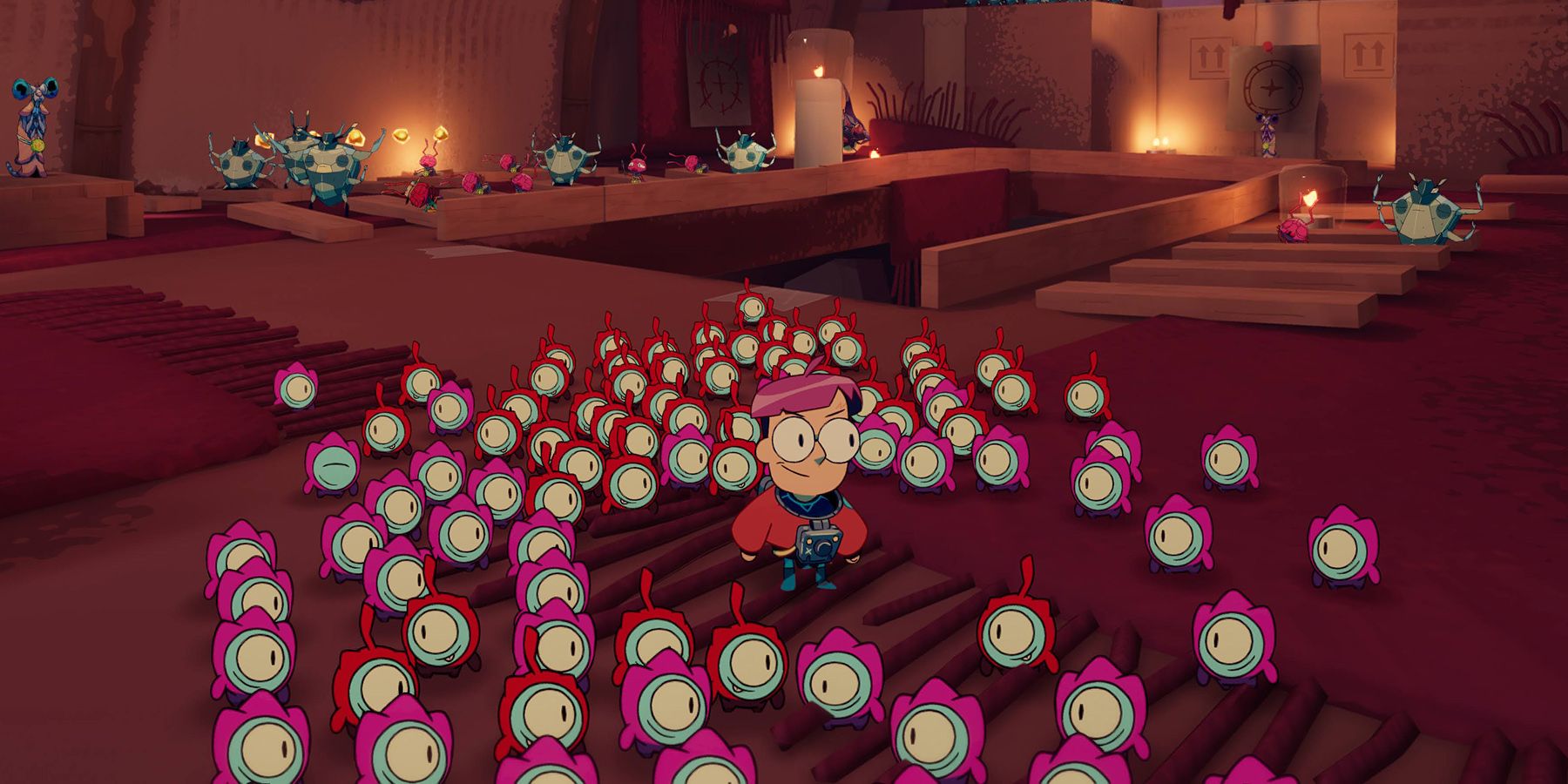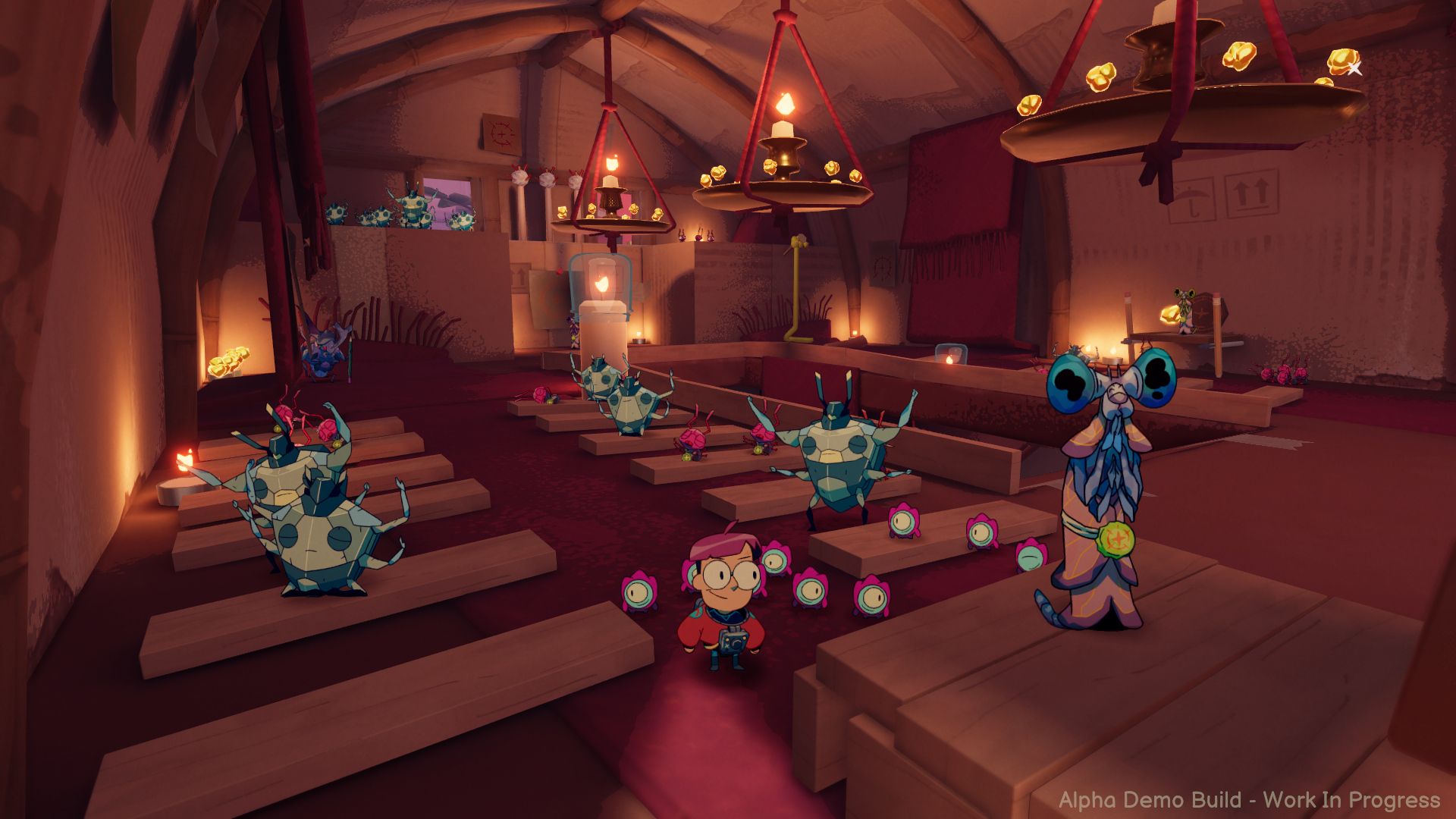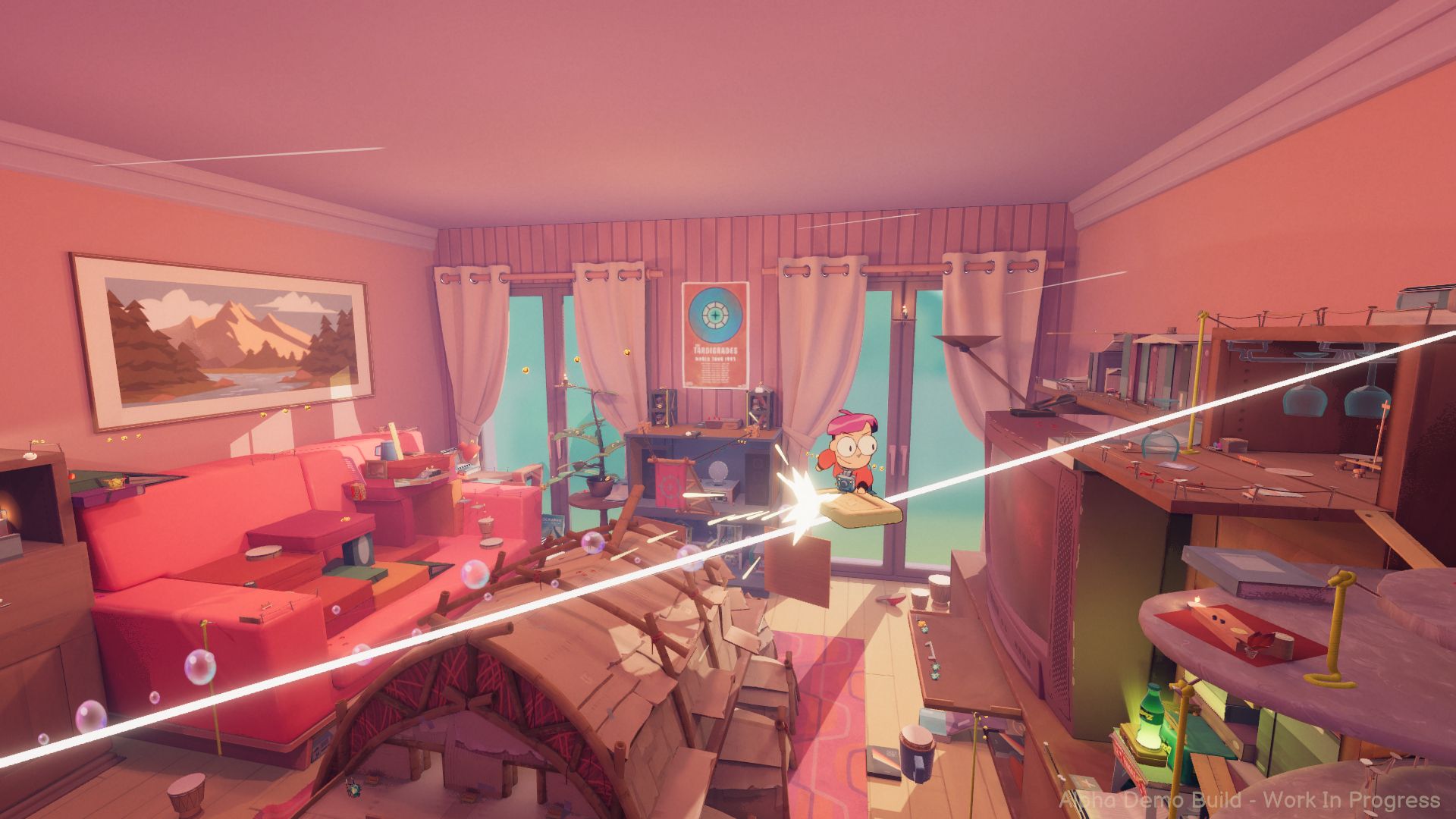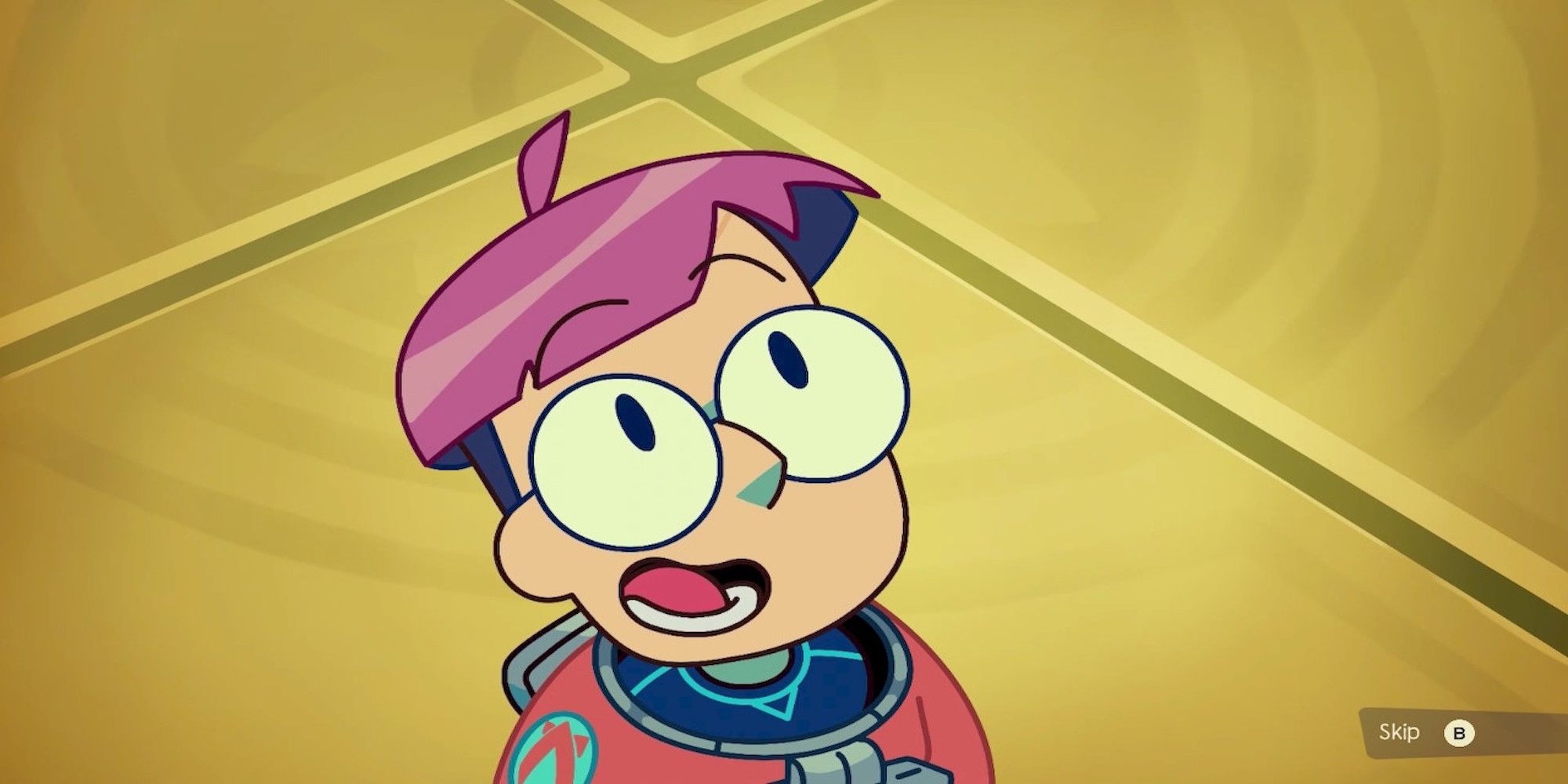Tinykin is a whimsical and charming adventure that takes players across a delightfully crafted and gargantuan world. The player character, Milodane, takes up about as much space as a thimble and explores an average house that's proportionally huge.
For anyone familiar with the Pikmin series, the gameplay will be immediately familiar. Milodane (or Milo for short) finds and befriends little creatures, known as tinykin, that are spread throughout the environment. Players can use this ever-growing army of helpers to complete tasks, often by launching at the item that needs to be carried/exploded/electrified.
The world players will explore in Tinykin is an absolute treat and the greatest strength of the game. Milo has traveled from his home planet to find the ancient home of humanity. He crash lands in what appears to be an average Earth house, seemingly frozen in time in the 1990's. But Milo is no larger than the bugs that he finds himself sharing this space with. Towering cat trees, plants, stacks of toilet paper, and more have all been retrofitted by the sentient insect inhabitants to serve as homes, businesses, and even places of worship.
Each new zone presents players with a new type of tinykin - up to a total of five varieties - each with different capabilities. The pink and red types - used for carrying objects and as explosives, respectively - are the first two encountered and remain some of the most frequently used throughout. In order to avoid spoilers, the other tinykin abilities won't be discussed here but suffice it to say that most of the abilities are fun to use and encourage steady momentum. Unfortunately, some of these abilities can occasionally bring things to a halt, which is jarring considering most other mechanics are there to facilitate a speedy experience. These moments aren't a huge deterrent, but they slow the action down and feel like more of a chore. The vast majority of the time, however, the tinykin pals are a huge help, allowing players to move faster, reach higher, or access something new.
Tinykin's levels, reminiscent of Mario Odyssey's design, present players with large, open areas ripe for exploring. With collectible pollen hidden everywhere, along with a few other items of interest, taking the time to explore is always rewarding. Aside from these collectibles, simply discovering what little piece of the world lies hidden around each corner is often prize enough. For tiny creatures in a big world, a first aid kit becomes a clinic, the interior of a guitar becomes a little venue and a Child's plastic race-car track is home to the world's premier sporting event. No matter where players travel in Tinykin, there are lots of little discoveries to make.
In some instances, traversal in games can be a chore, but Tinykin's mobility mechanics make it a joy. Milo handles well, with responsive controls and some slick, speedy navigation options. Players can instantly summon a bar of soap to surf on that hastens ground travel, and a bubble appears around Milo that greatly extends his jump. Though Milo's character design is a two-dimensional cutout in a 3D world, the developers chose to add a shadow beneath him - a small quality of life addition that makes the platforming and long jumps much easier to manage. Combine all these features with unlockable shortcuts, and Tinkin offers some snappy travel mechanics that encourage players to keep exploring.
These spaces are immensely fun to explore - the first time. An issue that plagues even some of the best platforming games is that of missed collectibles and each level in Tinykin contains several hundred pollen clusters. Most of them will be found simply by poking around, but there's so much to explore that a few will likely be missed. Nothing stings like getting to the end of a huge level and seeing that pollen counter sit at 1188/1200. And here, one of Tinykin's greatest joys becomes its greatest chores, certainly for completionists.
The game is split into areas, each taking up a room in the house and each the home of a species or two of insects. The first area, the house's living room, has become the religious center of this miniature world. It's the primary residence of the shield bugs, crusader-like acolytes of the faith who can forever hear the chanting of the holy canticle, something that the other insects can't hear. There's a large temple at the center of the area and the player's goal is to access an enormous machine that the shield bugs believe will allow all to hear the chant: a stereo.
Each zone presents players with some kind of conflict or obstacle, the resolution of which will grant players a piece of the spaceship Milo is building - the main goal of his adventure. The narrative thrust behind these objectives is usually loose and unimportant to the point that engaging with characters at all is completely unnecessary. Players may choose to skip conversations and simply start exploring, and they'll inevitably come across the necessary material to complete any quest. Tackling every area is a fairly simple process that never becomes too taxing. Even without having any idea what their objective really is, players can complete it simply by interacting with everything they can.
Although its story and quest motivation are weak, Tinykin's NPC interactions are often a lot of fun. If players take the time to chat with the many bug-people they encounter, they'll be treated to some great writing and memorable recurring characters. And it's here that players are exposed to the surprising amount of world-building that's been put into Tinykin. Though it's all presented in a very toungue-in-cheek manner, the developers made this feel like a connected world with each location having some bearing on the others. Each type of insect also plays a specific part: ants are blue collar workers, mosquitos are the wealthy elite, and the silverfish are stoners and partiers. The farmer and merchant ants provide food for everyone and threaten to stop working, yet they're dismissed and derided by the Mosquitos.
Despite some surprisingly involved, albeit tongue-in-cheek, world-building, Tinykin's narrative is its weakest aspect. The greater narrative focal points give the impression that the developers had a neat idea for a story premise - Milo's search for humanity's home world - but didn't commit to fully telling that story. Instead, its development is left entirely to the exposition and conclusion. What's left are two narrative threads that are at odds with each other, built on an interesting struggle but not taking itself seriously enough to engage the player.
That being said, weaving a grand narrative clearly wasn't the developer's goal, but crafting a fun, pleasing, and hugely explorable world was. And in that regard, Splashteam nailed it. Minor complaints aside, Tinykin is a bright and accessible game with some slick mechanics that allow the player to focus on what they came for: getting a tiny spaceman lost in a big, beautiful world.
Tinykin is available now for PC, PS4, PS5, Switch, Xbox One, and Xbox Series X/S. Game ZXC was provided a PC code for this review.
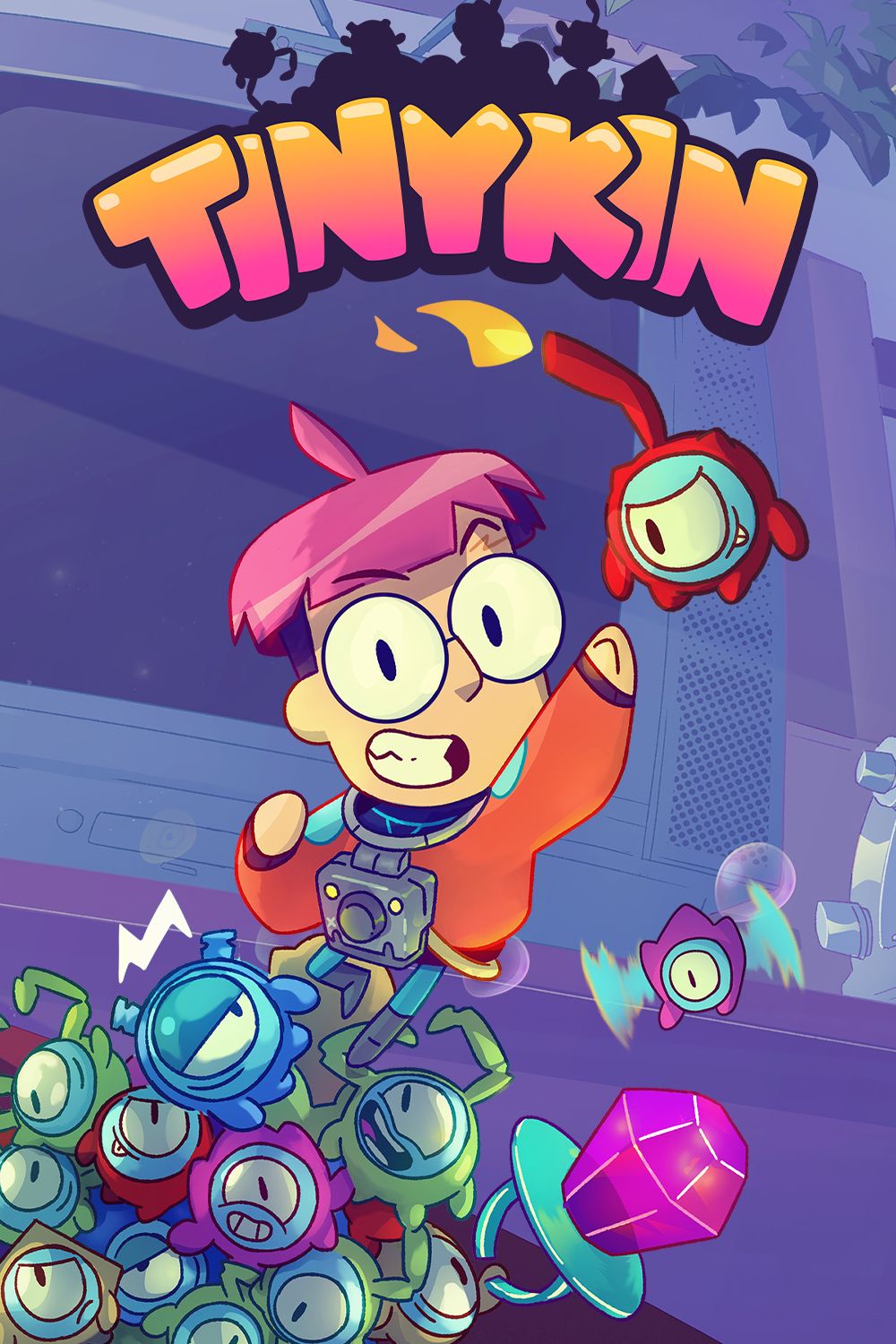
Tinykin

